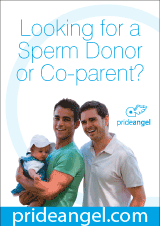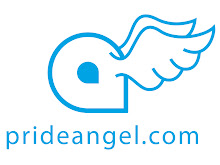With one Toronto man estimating he has up to 1,000 half-siblings, some fertility-treatment experts are calling on Canada to legally restrict how many children can be born from a single donor’s semen.
The growing families of donor offspring could cause unusual spread of genetic malformations, raise the risk of inadvertent incest between biological brothers and sisters and prove emotionally taxing to the children, critics say.
Although medical groups and others already recommend restrictions in the number of pregnancies per donor, legislation is needed to ensure sperm banks and their suppliers follow the proper limits, said Juliet Guichon, a bio-ethics professor at the Unviersity of Calgary.
“It [self regulation] is not working,” said Prof. Guichon. “There’s no incentive. It’s the market economy: why would you limit business?” Various reports on the infertility industry, including the 1993 federal Royal commission on new reproductive technology and an earlier B.C. commission, have actually been recommending limits of as few as six pregnancies per donor for the last 30 years, she said.
Britain, some Australian states, New Zealand, the Netherlands and a handful of other European countries already have laws that restrict the number of children per donor, Prof. Guichon noted.
The issue came to the fore again this week, however, with reports from the U.S. — which has no legislated limits — that one donor there has 150 offspring. The genetic siblings have been catalogued on an unofficial but widely used American web site — the Donor Sibling Registry — that brings together such relatives, sometimes based on the number assigned to the donor by his sperm bank.
The Colorado-based registry’s director says another group of 75 offspring includes several Canadians. About 95% of sperm used in artificial insemination and in-vitro fertilization treatments here actually comes from the States.
Barry Stevens, a Toronto filmmaker, said he was born in the U.K. in 1952 with sperm from a donor who supplied his semen over about three decades, and probably produced 500 to 1,000 children, now spread through Britian, Canada and other countries.
“There should be limits, because if some offspring want to find their relatives, and want to meet their donor … it’s kind of daunting when it’s in the hundreds,” he said. “For some, it becomes kind of creepy and freaky.”
The fertility industry has restricted its practices considerably since the start of artificial-insemination around the middle of the last century, but critics say the lack of regulation or monitoring of what happens to donor sperm means the real-life practice is still largely unknown.
At ReproMed, which runs Canada’s only sperm bank, administrators do impose restrictions, said Dr. Alfonso Del Vaille, its director. Donors are limited to three live births per 100,000 population in a given geographic area, though that could mean as many as 75 offspring in a city the size of Toronto.
Dr. Del Vaille said he would support legislated limits, so long as they are based on good science. The chief concern stemming from large donor families is the risk that half-siblings unknowingly enter sexual relationships, upping the risk of birth defects in any resulting children.
To read more go to http://bit.ly/qtVWn7
Subscribe to:
Post Comments (Atom)



No comments:
Post a Comment